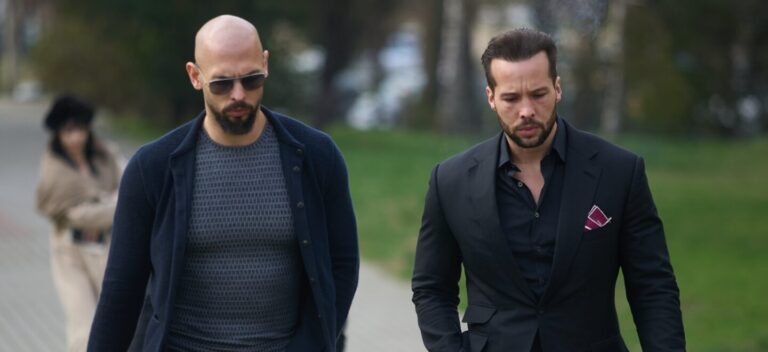To Filter or Not To Filter
An issue that often arises for cyclists is when to filter to the side of a row of stationary or slow-moving traffic. This can be safe but cars may not expect a cyclist to be in this position, which can lead to accidents. For instance, a car in the row of traffic may want to turn right or make a u-turn and could hit a filtering cyclist.
Alternatively, a car may be waiting to turn right from a junction on the left and could turn into the cyclist.
It is worth noting that rule 211 of the Highway Code states that “it is often difficult to see motorcyclists and cyclists, especially when they are filtering through traffic.” It goes on to say that drivers should “look out for cyclists or motorcyclists on the inside of the traffic” when turning right across a line of slow-moving traffic. This seems to put the responsibility on drivers. However, rule 167 the Highway Code also states that road users “Do not overtake where you might come into conflict with other road users. For example, approaching or at a road junction on either side of the road.”
The position in the civil courts is that filtering is potentially hazardous and cyclists are expected to filter cautiously and they should to be prepared to stop to avoid vehicles turning into their path. Currently no civil cases have gone to court involving a cyclist who was injured whilst filtering. However, in similar cases involving motorcyclists, the rider is often found to have a portion of blame for the accident. For instance, in the case of Hillman -v- Tompkins (1995) a motorcyclist was overtaking slow moving traffic on the approach to temporary traffic lights. A car driver reached a junction and indicated her intention to turn right. She hadn’t seen the approaching motorcyclist from her rear and she turned right, causing a collision. At trial, the Judge agreed that motorists should anticipate motorcyclists filtering to the right. Equally the motorcyclist was overtaking on the approach to a junction, so should have been wary of the driver turning right. The Judge found that each party was 50% liable for the accident.
In the case of Pell -v- Moseley (2003) a motorcyclist knew that there was a motocross event in the field on the right hand side of the road on which he was riding. A driver he was passing wanted to turn into the field and, in doing so, collided with the motorcyclist. The Judge found that the motorcyclist should have known that a vehicle might have intended to make a right turn into the field. So, for the motorcyclist to have overtaken in such circumstances was potentially dangerous and the Judge also found there to be a 50/50 split on liability.
Where a court finds there to be a 50/50 split on liability, as in the above cases, the driver would be liable to pay 50% of the injured cyclist’s damages, plus legal fees. However, the driver could also claim damages (e.g. for the costs of repairing the car). In this case, the cyclist would be liable to pay 50% of the driver’s damages plus their legal costs. This could potentially leave a cyclist out of pocket.
In the light of the conflicting views in the Highway Code, and the way in which the courts have interpreted the rules, cyclists would do well to be cautious when filtering otherwise they may not have the full protection of the court if they are involved in an accident.










